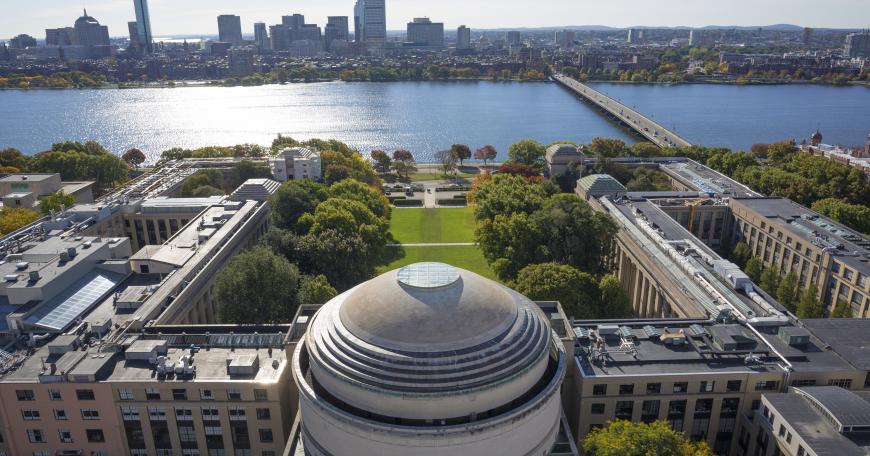
Finding Ties That Bind
“I selected these particular readings because I wanted to provide students with a list that didn’t have a logical narrative,” Instructor Wyn Kelley says of her new OCW course 21L.315 Prizewinners: Nobelistas in one of her Instructor Insights pages. “The coherence came from finding connections between the authors and their works.”
21L.315 is the fifteenth course Kelley has published on OCW. Here is a sampler of her other courses:
- 21L.501 The American Novel: Stranger and Stranger
- 21L.512 American Authors: Autobiography and Memoir
- 21L.512 American Authors: American Women Authors
- 21L.702 Studies in Fiction: Rethinking the American Masterpiece
- 21L.705 Major Authors: America’s Literary Scientists
- 21L.705 Major Authors: After The Masterpiece: Novels by Melville, Twain, Faulkner, and Morrison
In the Nobelistas class, Kelley chose to have students read novels and stories by five women who won the Nobel Prize: Toni Morrison, Nadine Gordimer, Doris Lessing, Herta Mϋller, and Alice Munro.
The connections between these very different writers emerged from class discussions generated by the students themselves. Kelley has used this technique in other classes and found it a sure way to boost student engagement:
“For students who don’t necessarily feel comfortable with each other, beginning with student-led reports . . . can be a good way to cultivate discussion. In these reports, students provide an introduction to the author, a passage to discuss, and a few discussion questions. Students are required to speak for only about 10 minutes, but they set the terms for the discussion. In this way, students’ perspectives and their responses to the reading shape the discussions, rather than the instructor’s pre-existing structure and narrative.”
Another technique that Kelley has used with great success is the 10-minute quiz at the start of the class. These are less to test how much the students have learned than to get their gears turning:
“Lately, I’ve been devising quizzes that I think will focus them before class and give them a chance to remind themselves of what was in the text. I start the discussion based on the quiz.”
Kelley sees her evolving approach to teaching in part as a response to MIT’s requirement that student take Communications Intensive courses:
“I now focus more on skills than on topics, and on close reading rather than themes. So often, looking more closely at a passage opens it up and gives you a very different understanding. If you’re open to it, something wonderful happens. So rather than students showing me mastery of an entire text, they work with a small piece of the text that is connected to larger issues.”
What’s new for Kelley is often new for her students as well:
“Frequently, students have been trained to read for content and to get to the point quickly. That’s how they’ve passed all those tests! And I’m slowing them down and holding them back by design.”
This experience can be painful for some students, but Kelley has developed ways to assuage their discomfort:
“To scaffold students’ close reading, I provide guidelines for how to approach the essay I assign in the course. I give them a sense of the different steps they might go through and the different things they might avoid. I want as much as possible to make what we’re doing transparent. I feel that if they understand the process, they’ll produce something really interesting.”
Photo: Toni Morrison, one of thirteen women who have won a Nobel Prize in Literature. (Courtesy of the American Library Association on Flickr. Creative Commons license BY-NC-SA.)

